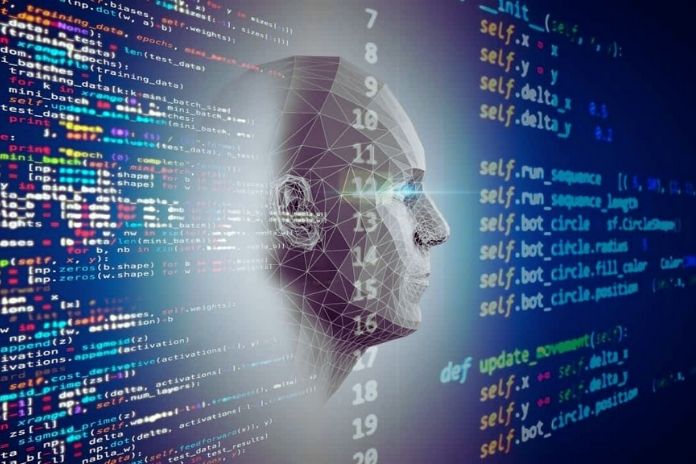One of the most prominent technologies of recent years, machine learning, is a method that uses algorithms capable of learning autonomously.
Derived from artificial intelligence, this technology that grows year after year is increasingly being used by companies of all sizes to improve internal processes and intelligent data analysis for management.
Most enterprises use this technology to gain a market advantage, taking advantage of the large amount of data produced from multiple sources to extract accurate insights and analyses that would be difficult to achieve manually.
The big difference between machine learning software is that they improve themselves with data analysis and as they are used, resulting in a continuous improvement process. This post will explain how this tool can be used in data management. Check out!
Enables Dynamic Pricing
Dynamic pricing is a technique for changing the prices of products and services with a focus on inventory control and increased profitability. This tactic generates discounts or promotions that facilitate the sale of certain products. Increasing prices at certain times is also possible to increase the profit margin.
Price changes are not made randomly, as the algorithm, through data crossing, analyzes several factors, such as demand for the product at the time of purchase, customer interest level, consumer involvement in a given marketing campaign, and up to the time the goods are in stock.
These calculations are possible thanks to the union between big data and machine learning. Applications such as Uber and 99 Pop use dynamic pricing to set the price of their trips, calculating the amount when the user makes the request.
Facilitates Content Management And Analysis
We discussed above the enormous amount of data a company produces and has access to today. Analyzing the details of all this information manually or with a fixed system can make the business miss many opportunities.
The management and analysis of this content can be simplified using machine learning. The technology can autonomously recognize people, products, logos, and other symbols that need a human evaluation to be identified, making the data structure much more refined.
Assists In Fraud Detection And Prevention
As data becomes more valuable, concerns about digital security increase. Machine learning is one of the technologies that help protect, secure, and integrity of data and systems.
One of the ways to reduce fraud losses is with the use of deviation detection. In this case, the software identifies ideal behavior models, preventing any interaction that deviates from this pattern. These algorithms take into account factors such as:
- a customer’s history;
- personal information;
- previous transactions;
- social network data;
- geolocation, among other information.
The more it is used, the more the algorithm gains references about the patterns and the more refined it becomes to identify the deviations.
Banks and credit card companies use this solution — if your card is used to purchase at a value other than the default, in a place you are not used to frequenting, the algorithm will likely detect a Detour.
You can notify your email or smartphone or even block the card from there. It is the exact mechanism social networks use when we access it from an “unknown” device or location.
Improves Predictive Analytics
One of the most famous cases of predictive analytics happened at the American retail giant Target. Using machine learning and big data, the company identified a pattern in the buying habits of its pregnant customers. From there, it began to identify customers who would be mothers, offering discounts and promotions on specific products, such as diapers, strollers, lotions, etc.
But it didn’t stop there: as machine learning is a technology that improves autonomously, over time, the algorithm became so precise that it became possible to identify even the month of management, making product indication even more accurate.
Predictive analytics can identify external trends, such as general preference and competitor assessment, and internal assessments, such as increased productivity and safety.
Enables Demand Forecasting
With a good demand forecast, the organization can take full advantage of the potential to sell more in peak seasons. In addition, this technique helps to prevent waste and damage when you have low periods. For these projections to be made correctly, a series of data must be gathered that involve public behavior, specific dates, productive capacity, and internal and market history.
The enterprise must rely on machine learning to gather, analyze, and extract insights from this data. Based on data processing and with the help of intelligent algorithms, it will be possible to make demand forecasts considering the economic, market, and financial factors.
Enables The Use Of Augmented Analytics
It is a sector of augmented intelligence that focuses on the ability of the algorithm to consult and support decision-making. The objective is to skip the data analysis stage, focusing only on the results so that more strategic choices can be made. It is an evolution of the current machine learning model that will increasingly streamline management capacity.
As we have seen, machine learning consists of developing algorithms that learn and evolve autonomously. Using the capacity of knowledge of patterns and data analysis, the companies considerably enhance their competitive capacity, getting in tune with digital transformation.
Also Read: When Did Artificial Intelligence Become Machine Learning?

